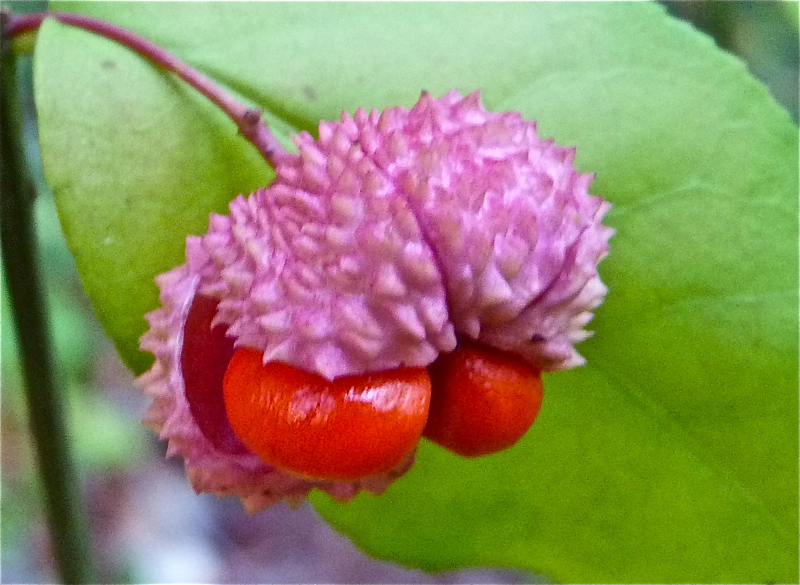September Plans and an Alien in My Garden
 Tuesday, September 20, 2011 at 1:20PM
Tuesday, September 20, 2011 at 1:20PM I am loving September! Already there is a touch of autumn in the air. The peeling bark of a river birch adds a distinctive touch to the September garden.Days are pleasantly warm, while nights have a touch of coolness.The deep green of summer has acquired a few golden edges. Plants, wildlife, and humans heave a collective sigh of relief over the departure of intense heat and humidity. We all have renewed vigor and interest in the garden.
I have planted some fall vegetables: three varieties of lettuce, swiss chard, collard greens, broccoli. Peppers and butter beans continue to produce. I have never planted fall or winter veggies before; usually I haven't the energy after nursing tomatoes and other plants through the summer. But I think I may like gardening while the weather is more temperate. It is a small vegetable plot; but I have high hopes and may still add more goodies.
I have a list of shrubs, perennials, and ground covers to transplant. That list will have to wait a few weeks. I am soon headed to the other side of the planet, all the way to Taiwan, to vacation with some friends. I will be back mid October, with lots of catch-up gardening and blogging waiting for me!
Meanwhile, I enjoy taking photos around the garden.
I like to sit on the patio and watch the wildlife. I always keep my camera handy and sometimes I get lucky. Actually, it's not luck at all; it's perseverance! After about a hundred tries I managed to get the following photos of a cardinal and a couple of hummingbirds:
Near the patio I found this spider making a messy web over some cosmos. Unlike the birds, it posed for me and let me take all the shots I wanted. I think its hairy legs are creepy!
My tiny 'White Marseilles' fig tree is growing well in its pot on the patio and has even produced a few figs this year. I am impressed with the leaves! During the hottest part of summer the tree dropped a lot of its leaves, and I was worried. But it has quickly recovered and is sprouting new growth.
Here are some more interesting leaves. See the alien hiding behind the first one. I wonder what it is planning to do in my garden!Above left is foliage of a knockout rose. It is putting out lots of new buds. Above right is a Tropicana canna leaf. My son informed me I put these leaves on my blog too many times! But I love them.
Some random shots about the garden:Top row: Caryopteris, or blue mist spirea, is a pretty shrub that attracts lots of bees. 2nd row: Purple oxalis; An indoor plant, Kalanchoa is spending the summer outside. I hope I can get it to bloom again by Christmas! 3rd row: I featured Hearts-a-bustin in my last post, but every day I am more impressed with the pretty seed pods.
And finally, no matter what I do, the garden is always preparing itself for the future!Top: White oak acorn. Bottom left: trident maple seed pods; Bottom right: Hickory nut pod.
I hope to get out one more post before I leave on my trip next week. If not, I promise to take lots of exotic photos. See you soon!
 Permalink
Permalink 
